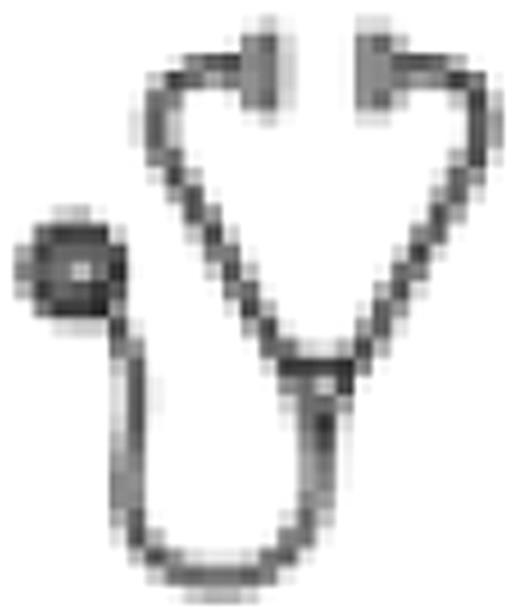Abstract
Abstract 4456
The plant-derived agent α-bisabolol is a small oily sesquiterpene alcohol that has been demonstrated to be cytotoxic against human malignant non-hematological and leukemic cells (Bonifacio M et al, Blood, 2009 ASH annual meeting abstracts;114:4800). Here we tested its activity against BCR-ABL+ cell lines and primary cells from patients, alone or in combination with the Tyrosine-Kinase Inhibitors (TKIs) Imatinib and Nilotinib. Also, the mechanism of α-bisabolol cytotoxicity in BCR-ABL+ cells was assessed.
We used the BCR-ABL+ K562, LAMA-84 and CML-T1 cell lines and primary leukemic cells from 14 patients with BCR-ABL+ Acute Lymphoblastic Leukemia at diagnosis. First, the citotoxicity of single-agent α-bisabolol was determined by MTT. Then, mitochondrial membrane potential of treated cells was evaluated by the JC-1 dye in flow cytometry and fluorescence microscopy. Permeabilized leukemic cells were assayed for oxygen consumption by measuring mitochondrial state 3 and uncoupled respiration. Reactive oxygen species (ROS) production in α-bisabolol treated cells were quantified in flow cytometry by oxidation of CM-H2DCFDA, measuring the fluorescence intensity of the DCF products. Apoptosis was studied by the poly(ADP-ribose) polymerase (PARP) cleavage and internucleosomal DNA laddering analysis. Finally, the combination effects between α-bisabolol and Imatinib or Nilotinib (kindly provided by Novartis) were analyzed according to the median-effect method of Chou and Talalay using the CalcuSyn software.
α-bisabolol reduced the viability of BCR-ABL+ cells in a dose-dependent manner. The mean IC50 values of α-bisabolol were 46±11 μ M for primary leukemic cells and ranged from 62 to 115 μ M in the cell lines. JC-1 staining of BCR-ABL+ primary leukemic cells treated with 40 μ M α-bisabolol for 3 to 5 hours demonstrated a dissipation of the mitochondrial transmembrane potential (ΔΨm), thus indicating the start of the apoptotic process. Moreover, NADH-supported state 3 respiration in α-bisabolol treated leukemic cells was significantly decreased in comparison with untreated leukemic controls (140.0±70.5 vs 280.7±11.9 pmol O2/min/106 cells; p<.05). Finally, PARP cleavage and DNA laddering followed α-bisabolol exposure of leukemic BCR-ABL+ blasts. The apoptosis induction was accompanied by ROS production. When tested in combination at constant ratio with Imatinib or Nilotinib, α-bisabolol showed overall slight to strong synergistic effects, without evidence for antagonism across a range of doses (Table 1). In 3 patients with mutation of BCR-ABL (T315I, E255V and Y253H, respectively) we observed full activity of α-bisabolol as single agent and confirmed the synergism between α-bisabolol and Imatinib.
Combination indices (CI) for synergysm experiments using drugs in constant ratio
| Cell Line . | α-bisabolol plus Imatinib . | α-bisabolol plus Nilotinib . | ||||||
|---|---|---|---|---|---|---|---|---|
| CI at IC50 . | CI at IC75 . | CI at IC90 . | CI at IC95 . | CI at IC50 . | CI at IC75 . | CI at IC90 . | CI at IC95 . | |
| K562 | 0.850 | 0.563 | 0.377 | 0.289 | 0.686 | 0.576 | 0.484 | 0.431 |
| LAMA-84 | 0.741 | 0.686 | 0.635 | 0.603 | 0.899 | 0.777 | 0.635 | 0.552 |
| CML-T1 | 0.683 | 0.613 | 0.553 | 0.517 | 0.858 | 0.797 | 0.742 | 0.707 |
| Cell Line . | α-bisabolol plus Imatinib . | α-bisabolol plus Nilotinib . | ||||||
|---|---|---|---|---|---|---|---|---|
| CI at IC50 . | CI at IC75 . | CI at IC90 . | CI at IC95 . | CI at IC50 . | CI at IC75 . | CI at IC90 . | CI at IC95 . | |
| K562 | 0.850 | 0.563 | 0.377 | 0.289 | 0.686 | 0.576 | 0.484 | 0.431 |
| LAMA-84 | 0.741 | 0.686 | 0.635 | 0.603 | 0.899 | 0.777 | 0.635 | 0.552 |
| CML-T1 | 0.683 | 0.613 | 0.553 | 0.517 | 0.858 | 0.797 | 0.742 | 0.707 |
This study indicates that α-bisabolol is an effective pro-apoptotic agent for human acute BCR-ABL+ leukemia cells via induction of mitochondrial membrane damage. The combination of α-bisabolol with Imatinib or Nilotinib allows a dose reduction up to 90% of each drug to obtain the same cytotoxic effect, so indicating a clear synergism. α-bisabolol may be a potential candidate for the treatment of BCR-ABL+ leukemias and the effective dose of TKIs could be reduced in a combined treatment with α-bisabolol.
No relevant conflicts of interest to declare.

This icon denotes an abstract that is clinically relevant.
Author notes
Asterisk with author names denotes non-ASH members.

This feature is available to Subscribers Only
Sign In or Create an Account Close Modal